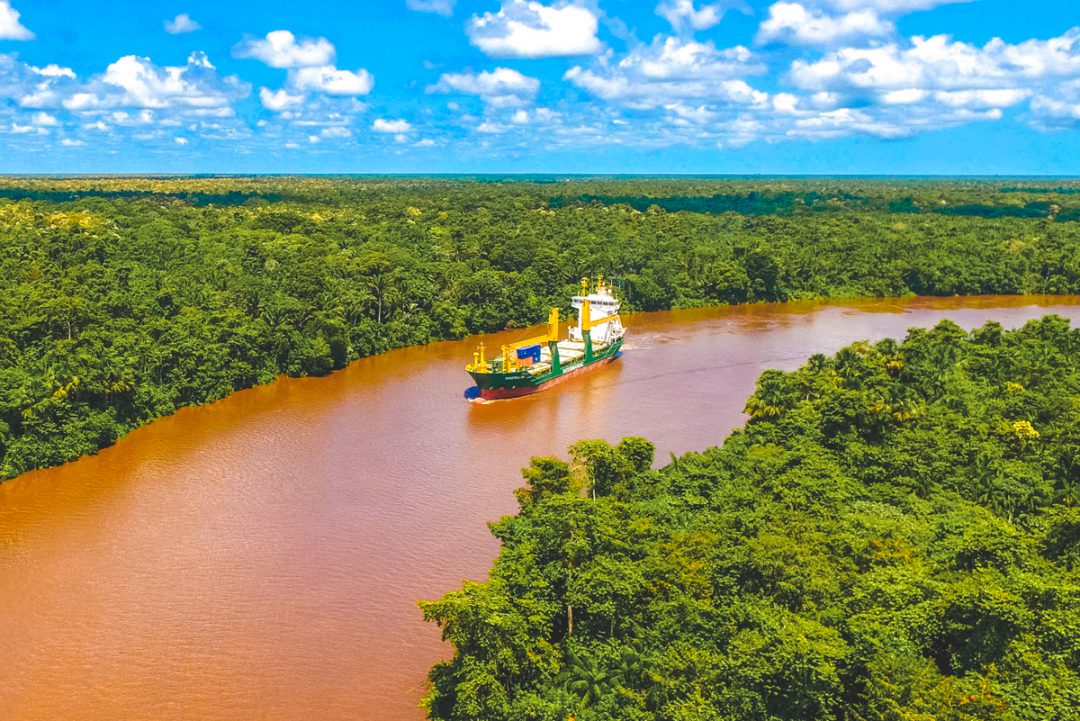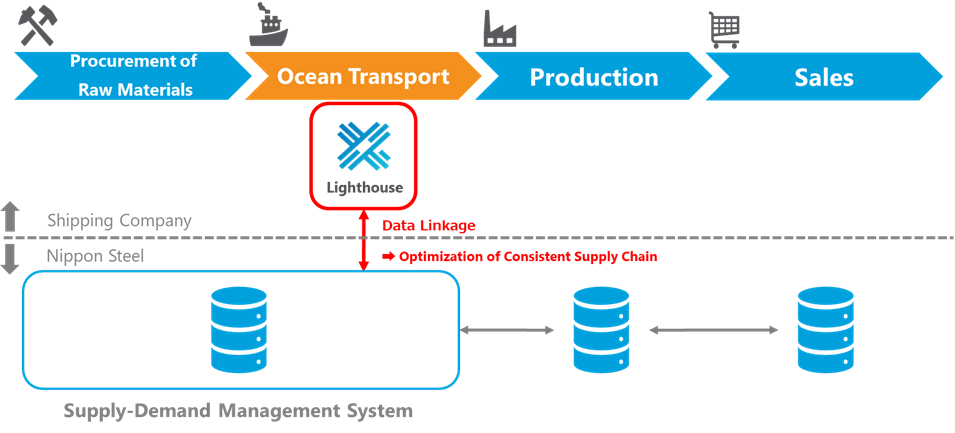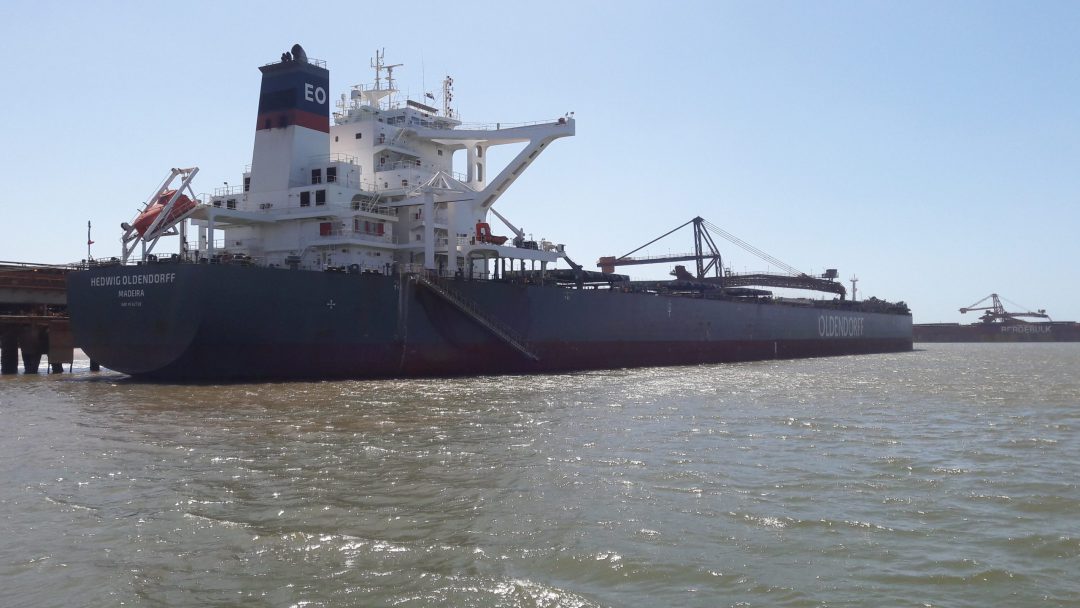SAL Heavy Lift and Intermarine, two of the most recognized names in the heavy lift shipping arena, are coming together to create a yet unrivalled shipping setup within the Americas and for cross-Atlantic trade. Operating as an independent brand within the SAL Heavy Lift Group, Intermarine will tie its Americas liner service to SAL’s global heavy lift trade and in combination bring to market the most comprehensive maritime breakbulk and heavy lift solution in the Americas.
The Americas are about to see a unique project, breakbulk, and heavy lift shipping setup unfold. Intermarine and SAL Heavy Lift have for decades been synonymous with shipping excellence, yet they have served different market segments and regions. Now this association of heavy lift excellence brings together the expertise, resources and fleets of both companies and establishes a unique commercial proposition that will benefit a broad spectrum of customers, whether local or international, with shipping services to, from, and within the Americas.
For over 30 years, Intermarine has provided high-quality breakbulk liner services between North America and South America and in the Caribbean, in combination with a strong intra-South America trading network. Under the operational helm of Intermarine veterans Mr. Richard Seeg as President and Mr. Chad Call as Vice President and CFO, Intermarine will continue to serve its customers throughout the Americas as part of the SAL Heavy Lift Group. New to the management team is CEO and shareholder Mr. Svend Andersen, who, with his four decades in the breakbulk and multi-purpose sector, is one of the most influential persons in the industry. As part of Intermarine in the early days of his career, Svend is now back onboard and brings valuable strategic insight and commercial experience to the table. Together this management trio will develop the Intermarine business moving forward.
Svend Andersen, Intermarine CEO, states: “The joining of Intermarine with the SAL organization is a perfect matching of two companies which share the same basic set of values and business philosophy yet with a different fleet of vessels, resources and outreach. In combination, it makes an unmatched setup in cross-Atlantic trading and intra-Americas heavy lift shipping. I have invested in this venture, as I see great prospects in bringing the Intermarine brand and business onwards under the helm and support by SAL Heavy Lift as a top brand in the heavy lift shipping industry.”
SAL sees great value in enlarging its footprint in the Americas by offering a wider range of shipping opportunities and scope of services to both existing and new customers. With the acquisition of Intermarine, SAL’s customers can benefit from more vessels being able to operate not only in and out of South America, but also into offsite river deltas, where SAL would otherwise have had limited access. Further, Intermarine customers will get access to the highly advanced heavy lift fleet of SAL, which, as the largest operator of +900 t SWL vessels in the world, can efficiently connect cargo between Americas, Europe, Africa and Asia.
Richard Seeg, Intermarine President, says: “Having SAL as an organization behind the activities of Intermarine brings with it a wide range of commercial opportunities. SAL holds one of the most comprehensive sales networks globally, and they also bring vessels, world-class engineering capabilities and other resources that are extremely valuable to the commercial setup of Intermarine.”
Martin Harren, SAL CEO, adds: “We have for a while been looking at expanding our services in the Americas, and with Intermarine now being part of the SAL Group, we can enable further trade across the Atlantic, combining important trade between Africa, South America, North America and Europe. We could instantly see the great synergy effects between Intermarine and SAL. When we can combine our already strong sales setup in the USA with the know-how from resources like Richard Seeg, Chad Call, and lastly Svend Andersen, who I have known and worked with for many years, I see a very powerful setup unfold.”
The Intermarine fleet consists of multi-purpose heavy lift vessels that are IMO and Lakes fitted and with lifting capacities up to 400 t SWL, which compliments well with SAL’s fleet of both ice class vessels, IMO fitted and Lakes fitted vessels, and vessels with lifting capacities up to 2000t. Together it makes a comprehensive fleet proposition for customers both inside and outside of the Americas.
The new business constellation begins commercial operation effective immediately.

























